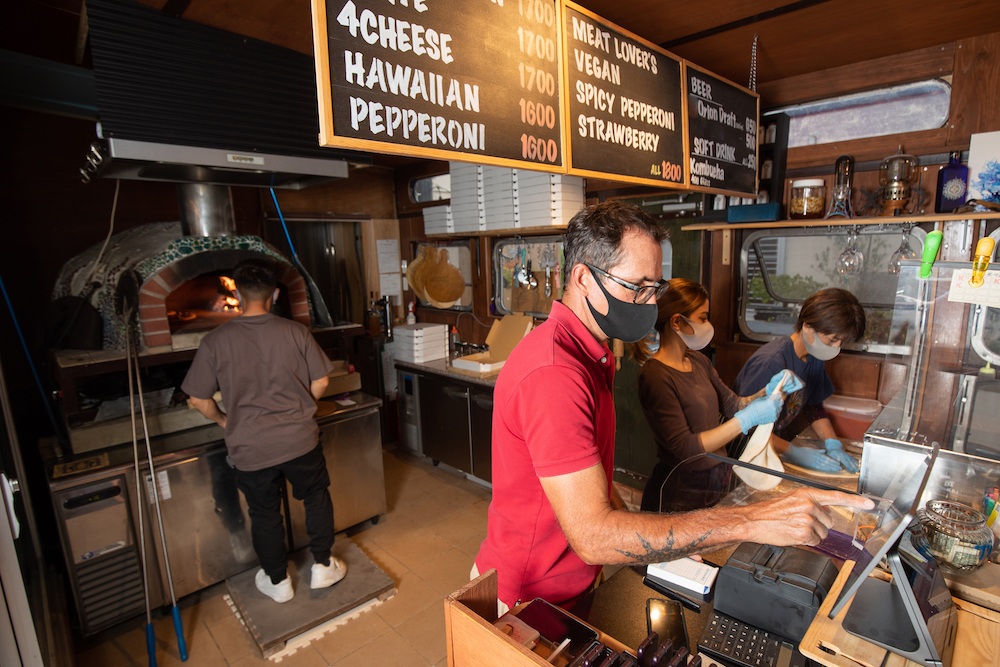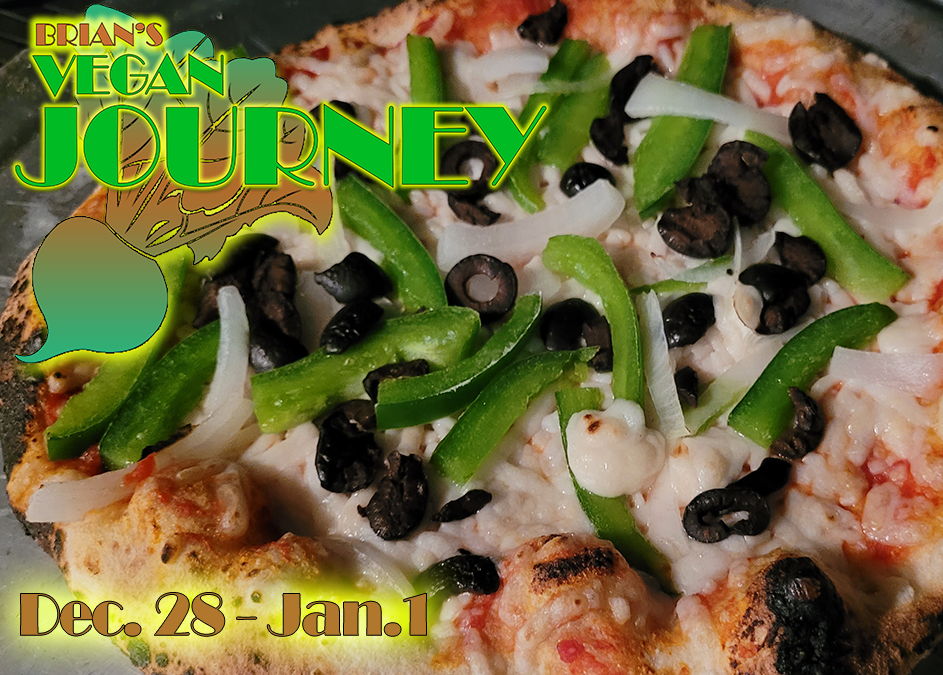The restaurant business is demanding. A successful eatery requires a consistently high-quality product served by a professional wait staff in an inviting and clean environment. Combined with a good location and a lot of hard work and dedication, the ultimate reward is happy and loyal repeat customers — and a thriving restaurant.
Meeting consumer demand goes beyond delivering high quality food and obtaining the freshest and best ingredients. Because food choices are so integral to customers’ everyday lives, restaurant owners must be willing to also address special dietary needs and lifestyle choices through their menus.
Current consumer trends toward healthier lifestyles through better nutrition are key components for restaurant owners looking to build (and retain) their customer base. Recently, one particularly hot aspect of the healthy food trend has been “gluten-free.”
Also see: Learn how to earn the gluten-free community’s lucrative business
Wheat, rye, barley and their crossbred varieties like triticale contain the protein gluten. For some people, this protein wreaks havoc on the digestive system and prevents proper food-nutrient absorption, leading to some very serious health issues. These individuals have celiac disease, an autoimmune disorder that manifests itself with broad and often serious chronic symptoms that can mimic other conditions, making it difficult for doctors to diagnose.
Celiac disease affects an estimated 1% of the U.S. population, or about 3 million Americans, according to the National Foundation for Celiac Awareness (NFCA). Gluten sensitivity, however, is also a growing concern for many. This is a separate condition from celiac disease, but it causes many of the same debilitating symptoms. Preliminary research estimates that as many as 18 million Americans fall into this category. And, in recent years, gluten awareness has become pervasive among some who make the correlation between good nutrition and health.
For instance, nearly one-third of respondents to a survey by market research company NPD Group agreed with the statement, “I’m trying to cut back/avoid gluten in my diet.” According to NPD, more than 200 million restaurants report double the rate of food orders described as “gluten-free” or “wheat-free” from only four years ago.
The numbers are compelling. Market research company Packaged Facts estimated the gluten-free market in the United States at $4.2 billion last year with projections of growth in the category to $6.6 billion by 2017.
In the Kansas City area the pervasiveness of gluten-free product offerings is obvious. Go to any grocery store and you’ll find shelf space dedicated to products with the gluten-free label. And stores like Whole Foods and other health-oriented grocers regularly hold gluten-free fairs where shoppers can graze and sample various product offerings.
“The number of U.S. adults who say they are cutting down on or avoiding gluten is too large for this interest to be dismissed as a fad,” NPD said in its marketing report.
But meeting consumer diet needs and preferences entails more than purchasing a particular form of flour for a dish and then sticking a gluten-free label on it. The National Foundation for Celiac Awareness website (www.CeliacCentral.org) gives restaurant professionals the facts on gluten-free. They’ve also developed their signature Gluten-Free Resource Education and Awareness Training (GREAT) program – an online, multimedia program that skillfully prepares foodservice professionals to meet their customers’ gluten-free needs (www.CeliacCentral.org/GREAT).
Also see: The government issues a new standard for gluten-free labeling
With the GREAT program, restaurants can gain access to staff training on gluten and celiac disease for a minimal cost. The program provides valuable information on gluten-free food preparation and food handling guidelines. More importantly, it provides an educational framework from which restaurant owners and their staffs can better engage with their customers.
The debate about the health benefits of a gluten-free diet is front and center in the current food-trends conversations, and it’s not likely to go away any time soon. But the ultimate outlook on gluten-related disorders and their effects on digestion and other systems in the human body will only be fully understood over time and through medical research.
Our goal at Minsky’s is not only to serve the best and freshest gourmet pizzas in the city, but also to provide an option for all pizza lovers to enjoy their meal in a safe and healthy way. We’re into healthy dining options for all of our customers. We’re now in our third year as one of NFCA’s GREAT Kitchens. This is not a fad and it is not about profit, it’s just the right thing to do for our customers.
In short, if you’re a restaurant owner and you’re not offering gluten-free menu items, not only are potential customers avoiding your establishment, but you are, in essence, also making a statement about your lack of concern for the lifestyle preferences and dietary needs of your guests.
Gregg Johnson is founder and CEO of Minsky’s Pizza.













